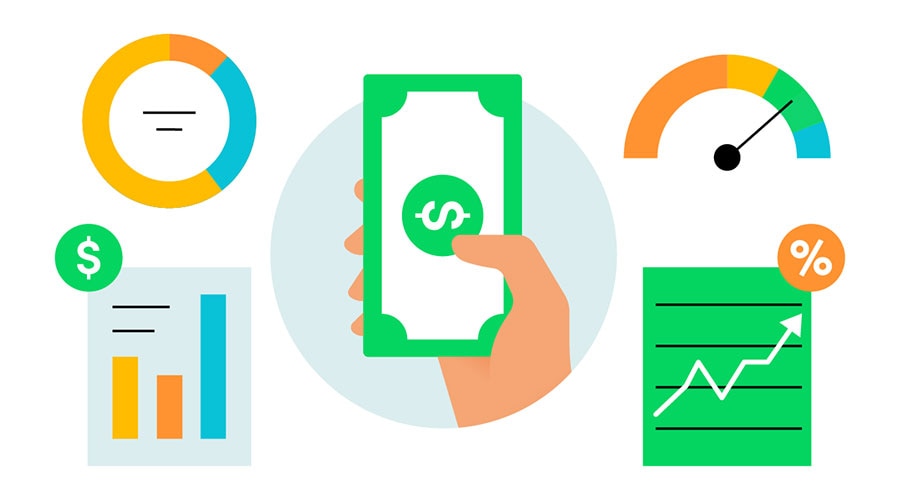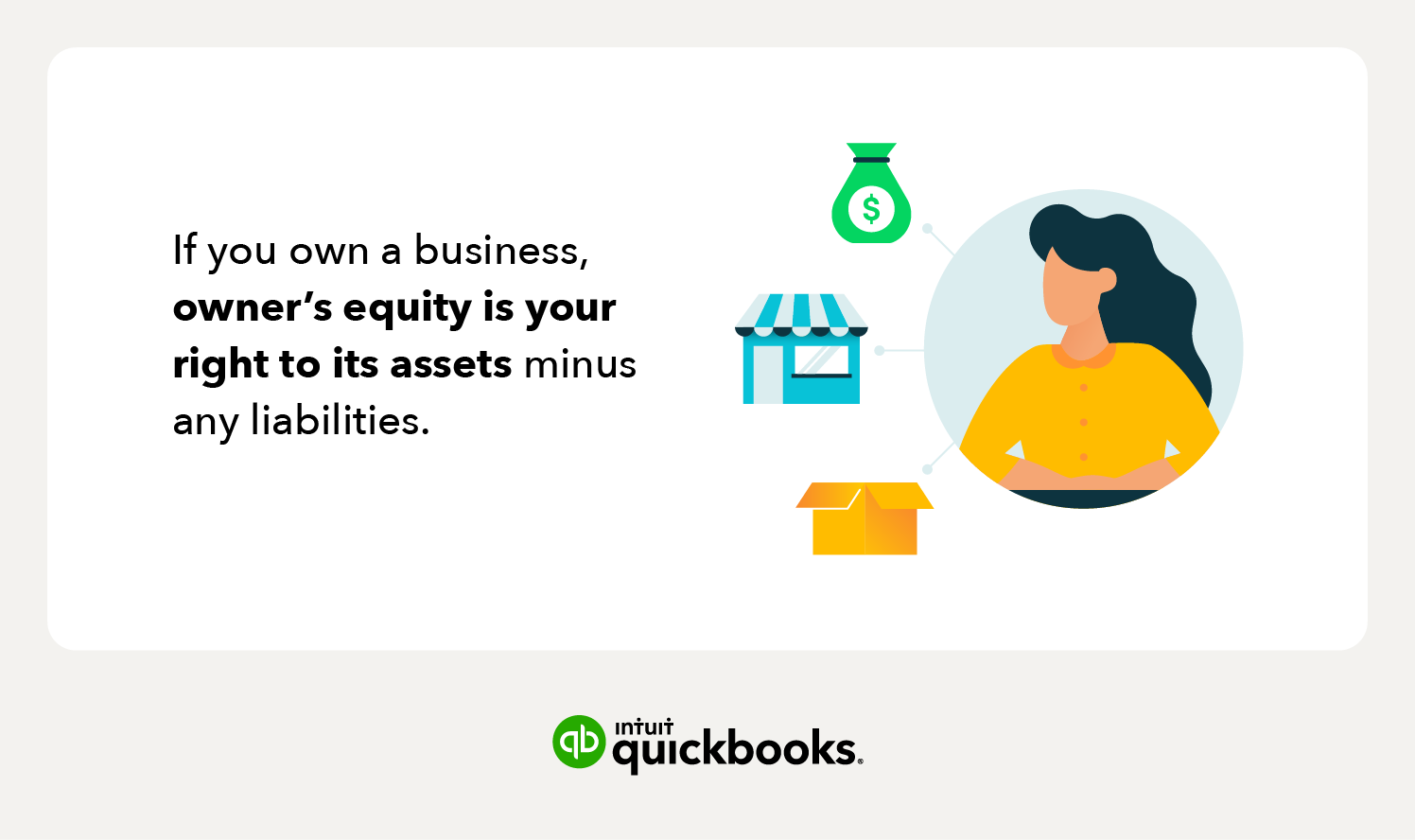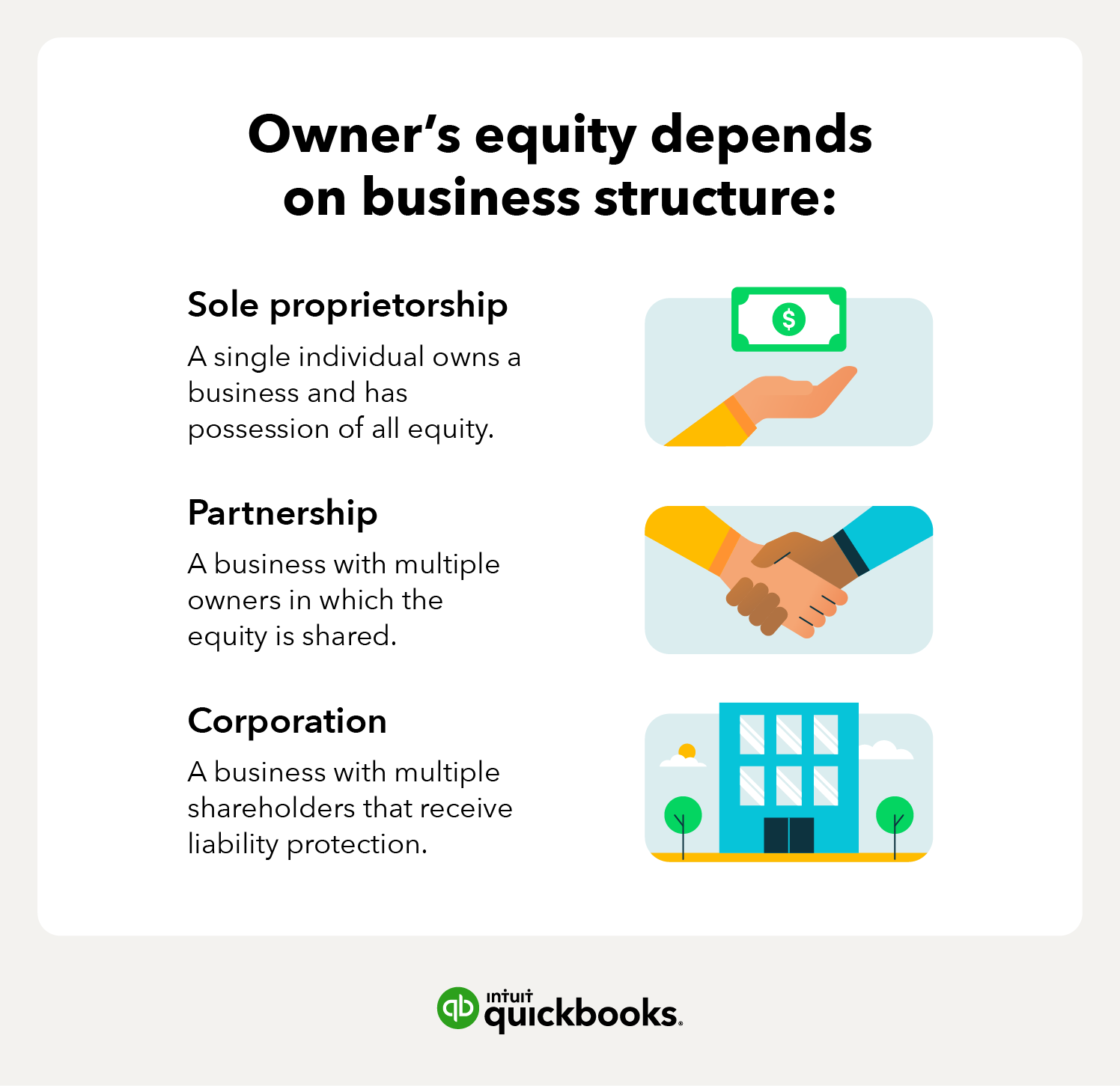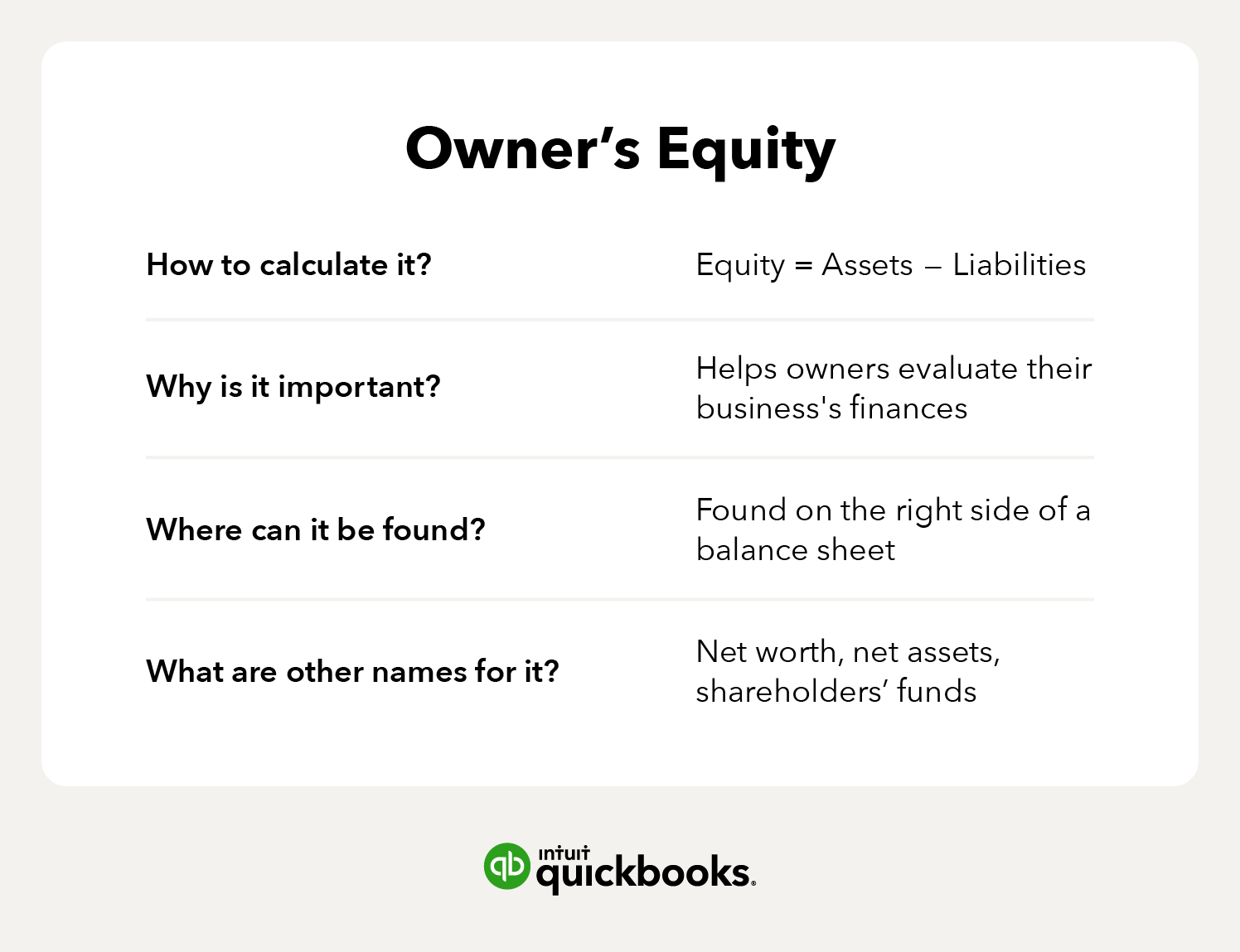You must understand your company's worth—the owner’s equity—in order to effectively plan and make decisions. To do this, follow this step-by-step process:
Step 1: Understand the concept
Owner's equity is a critical financial metric that shows what portion of the company truly belongs to you. It's calculated using this simple formula:
Equity = assets - liabilities
This equation tells you how much your company is worth after all debts are paid.
Step 2: Gather your financial statements
Before calculating, ensure you have your company's most recent balance sheet. This document lists all your assets and liabilities in one place.
Step 3: Identify total assets
Find the "Total Assets" line on your balance sheet, which includes everything your company owns that has monetary value, such as:
- Cash and cash equivalents
- Accounts receivable
- Inventory
- Property and equipment
- Investments
Step 4: Identify total liabilities
Locate the "Total Liabilities" line on your balance sheet. This number represents all the debts and obligations your company owes, including:
- Accounts payable
- Loans
- Mortgages
- Accrued expenses
Step 5: Perform the calculation
Now, subtract your total liabilities from your total assets:
Owner's Equity = Total Assets - Total Liabilities
Step 6: Interpret the results
The resulting figure is your owner's equity. A positive number indicates that your company has more assets than debts, while a negative number suggests more debts than assets.
Step 7: Review periodically
Remember to recalculate your owner's equity regularly, as it can change with fluctuations in your assets and liabilities.













